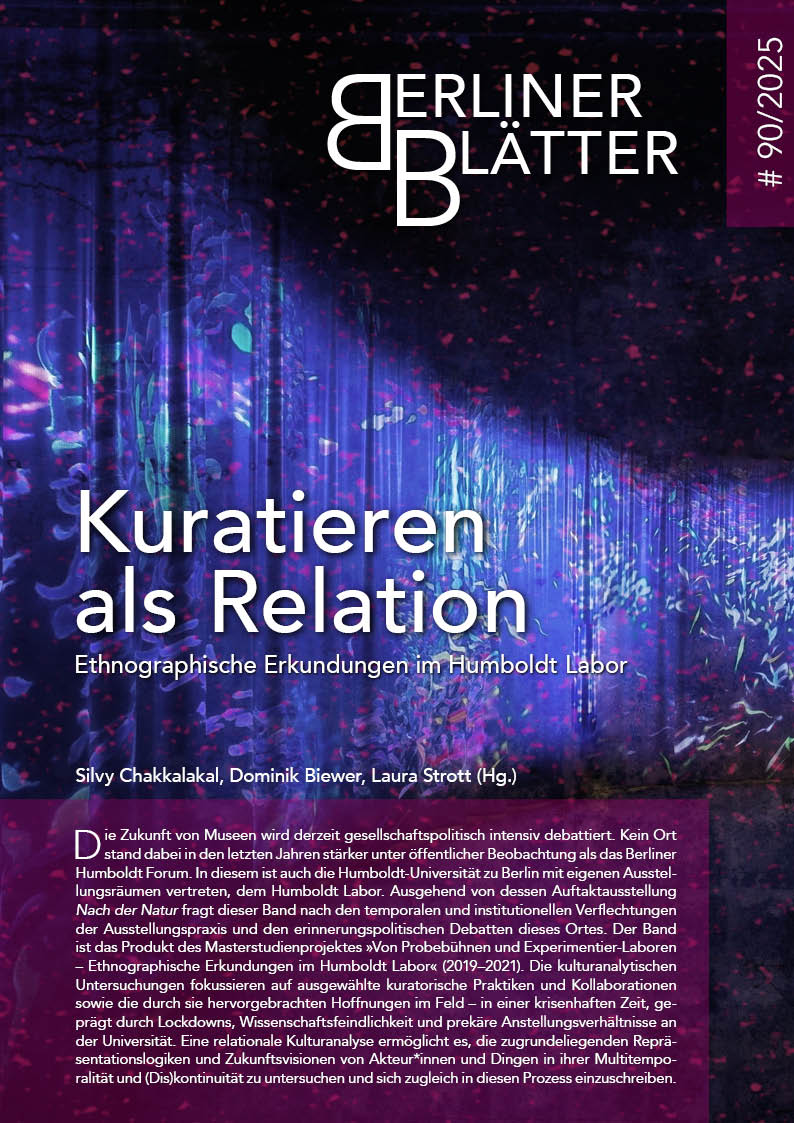Exhibiting Difficult Heritage
“Programmatic Voids” as critical representation in the project Who is ID 8470? and the archive exhibitions
DOI:
https://doi.org/10.60789/901198Keywords:
Difficult heritage, Humboldt Lab, archive, exhibition practice, ethics of representationAbstract
In my contribution, I refer to two modules of the inaugural exhibition at the Humboldt Labor: the artistic research intervention Who is ID 8470? and the archive exhibitions with objects from the Lautarchiv, the Hahne-Niehoff-Archiv and the Janheinz Jahn-Archiv. The provenances of the collections and archives addressed here are entangled in the scientific narratives of colonial and Nazi ideology. Both modules deal specifically with this “difficult legacy” (Macdonald 2009). Based on Foucault's reflections on the archaeology of knowledge (1972), the collections and archives appear as dynamic power structures that are interwoven with their contexts of origin and political concerns. What knowledge was passed on? What was made invisible? Schneider (2020) describes these strategic fade-ins and fade-outs as “programmatic voids” that make the politics of the archive visible. Both exhibition areas ask how stories about subjects that were formed in the field of tension between fade-ins and fade-outs can be represented in the exhibition. How can we tell stories about subjects distorted in the archives without repeating the violence inherent in their invisibilization (Hartman 2008)? In my contribution, I explore the (im)possibilities of critical representation through the curation of the “programmatic voids”.
Downloads
Published
How to Cite
Issue
Section
License
Copyright (c) 2025 Ricarda Rivoir

This work is licensed under a Creative Commons Attribution-NonCommercial-ShareAlike 4.0 International License.








